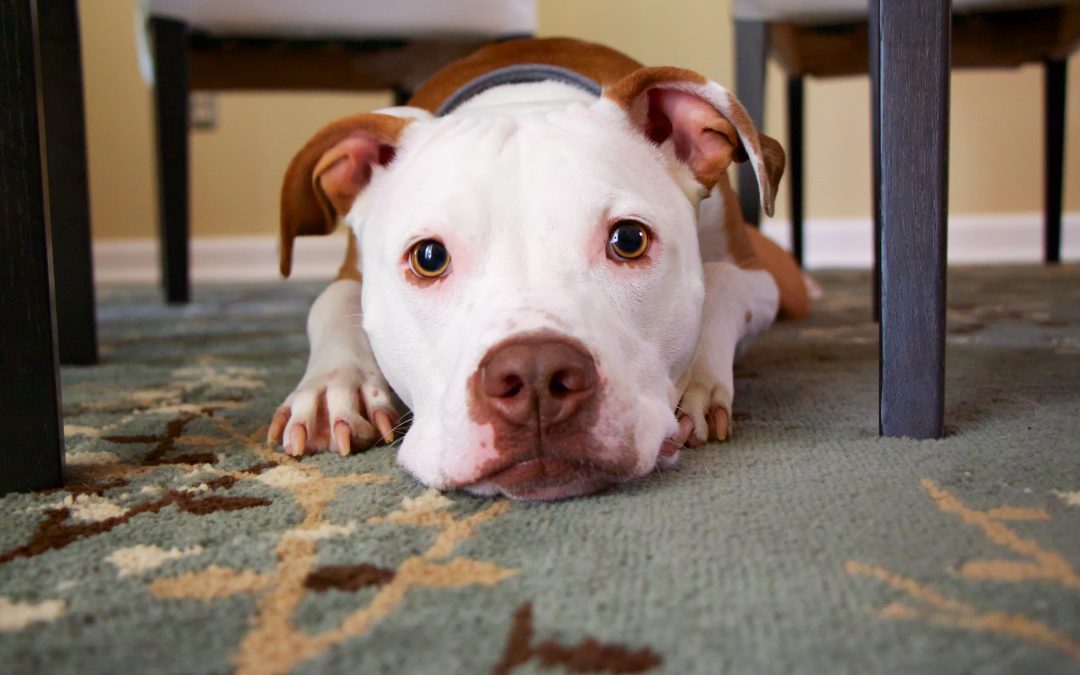
Water

Just like humans, water is the number one item that you need in a preparedness kit. Always have more than you think you’ll need, for your pets, enough to get them through three days at least. Bottled water or a good filtration system is a must, and it’s always advisable to have some water purification tablets to hand. Collapsible bowls for both food and water are a great addition to any kit and should be one of the first things you add.
Food

Make sure that you have a bag or cans of tinned food at the ready. So long as it’s unopened, dry food should keep for a relatively long time, but make sure that you check the date on it regularly and rotate it out when needed. Store food that you know that your pet likes to eat, as an emergency situation is no time to have picky eaters. Again, have more than you think you’ll need in your kit, just in case.
Identification
Keep all your pets’ records in one place. This includes pictures of you and your pets, with their names and a little bit about them. This is in case of the unthinkable situation where you are your pet are separated. You should also document any behavioral and medical issues, such as if they are particularly nervous for example. Vet records about any medication that they need to take, as well as how often, should also be written down clearly, alongside their vet’s name and number.
Medication

This is another big one. Keep all of your pet’s medication in a place where you can grab it if necessary. Another copy of instructions on how to administer it, and what animal it’s for, should go alongside it. It is also a good idea to have some general medication and first aid items in your kit as well. These include:
Activated charcoal
This is only for dogs and should be used only in an emergency situation. It can help with some poisonings, but it is much better to speak to a vet first.
Bandages
If your pet has an injury, you may need to wrap it up. It’s a good idea to have these on hand at all times in the home.
Saline solution
This cleans out any dirt from a potential wound and can also be used to clean out the eyes of your pet. Make sure you get an all-purpose solution, as you can buy ones specifically for wounds and for eyes.
Bandage tape
This will ensure that if a bandage is needed, it’s not going to come off just as quickly.
Disinfectant
After cleaning a wound, it will need to be disinfected before it’s bandaged.
Antibiotic ointment
For use on minor wounds to prevent the onset of infection.
Bandage scissors
Bandages are not easy to cut or rip. You don’t want to be left caught out without these.
Carry Crates and Leashes

In the case of an emergency, your pet should go into their carry crate before you evacuate. This is by far the safest place for them to be, and it means that you can pass them over to the emergency services if you need to. If a crate doesn’t work, they should have a leash or harness on. Make sure that you have extra in your preparedness kit, and that they have their names on their collars for easy identification. Both crates and leashes need to be sturdy and suitable for the size of your pet.
Waste disposal
For cats, having a spare litter box that they can use in an emergency situation is a must. A supply of litter, as well as a scoop and garbage bags, will help to keep them clean and happy. Having a supply of puppy pads and poo bags for your dogs is also a good idea as keeping their area mess free will keep them stress-free.
Toys and Treats

As it’s so important to keep your pets as calm as possible when something strange happens, having toys to hand can help them feel more relaxed. Treats can also help to keep their mind off anything startling, and both toys and treats can be used to coax them back to you should they get frightened by something.


